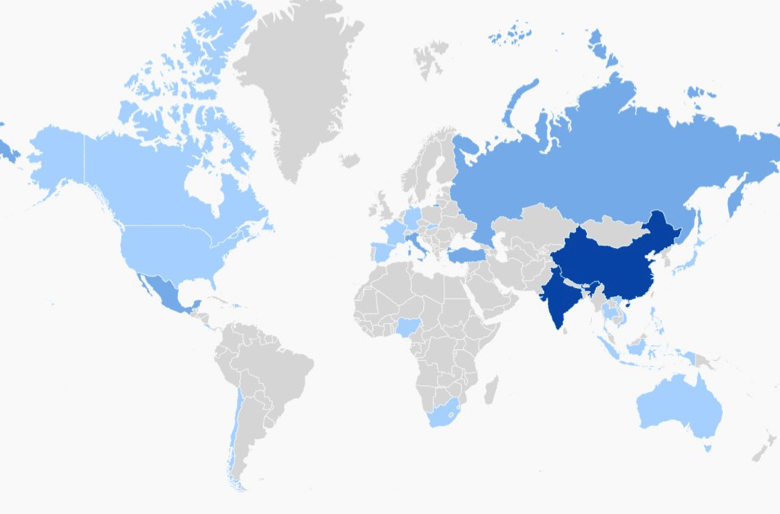Fraud in fresh produce can occur in several ways, including fraudulent organic certifications, counterfeit branding, misrepresentation of geographic origin, and the use of unapproved ripening agents. Since most fresh produce is visually identifiable, partial dilution or replacement with less expensive substances is usually not possible. Fraud in produce is commonly related to labeling claims about production practices, production location or brand names. In some parts of the world, unapproved substances may be used to speed or enhance ripening or to make fruits look more visually appealing.
In 2019, a company in Canada was charged with misrepresenting broccoli grown in California as “Product of Canada.” In 2018, 500 kg of mangoes were seized from a market in Puducherry, India, for being ripened with calcium carbide.

There are currently 108 incident records and 54 inference records for fresh produce in the Food Fraud Database. Many of these are related to fraudulent organic certificates, but there are also examples of varietal misrepresentation, falsification of geographic origin, the use of substances such as ethephon, artificial color enhancement, and counterfeit labeling.
Do you work in the fresh produce sector in the U.S. or U.K.? Please consider responding to a survey to collect information about the use of food fraud tools by members of the fresh produce sector. This is an exploratory an anonymous survey that will take six to eight minutes to complete. The results will be used in a P.D. thesis by a student at the University of Central Lancashire in the U.K. A copy of the published research will be available on the University’s website. Experience the survey or copy and paste the following link into your browser: https://uclan.eu.qualtrics.com/jfe/form/SV_3Qcog9H1V09wF01



